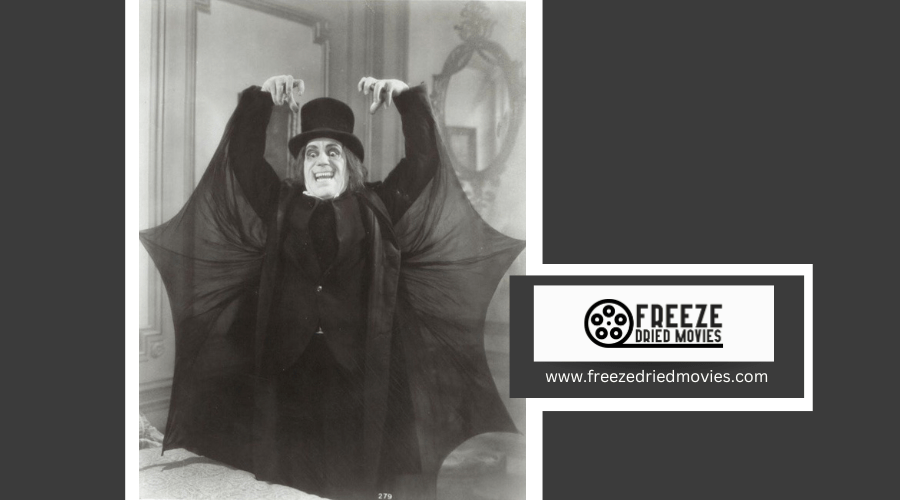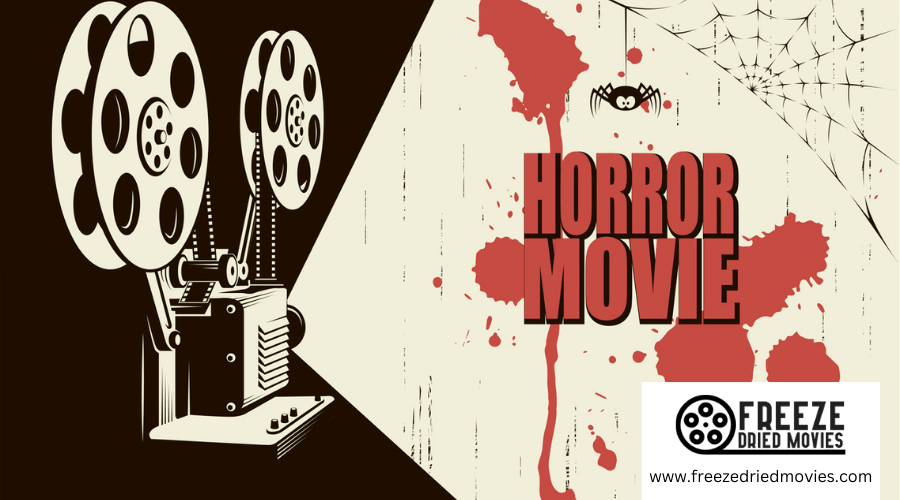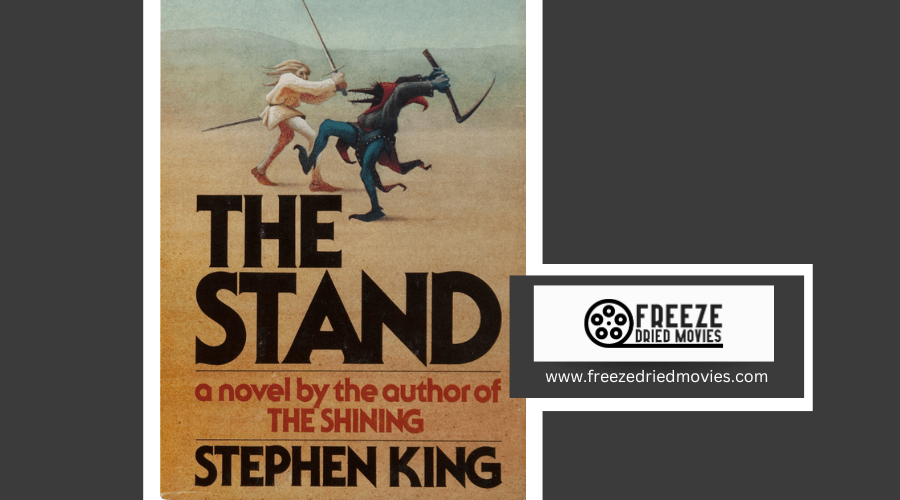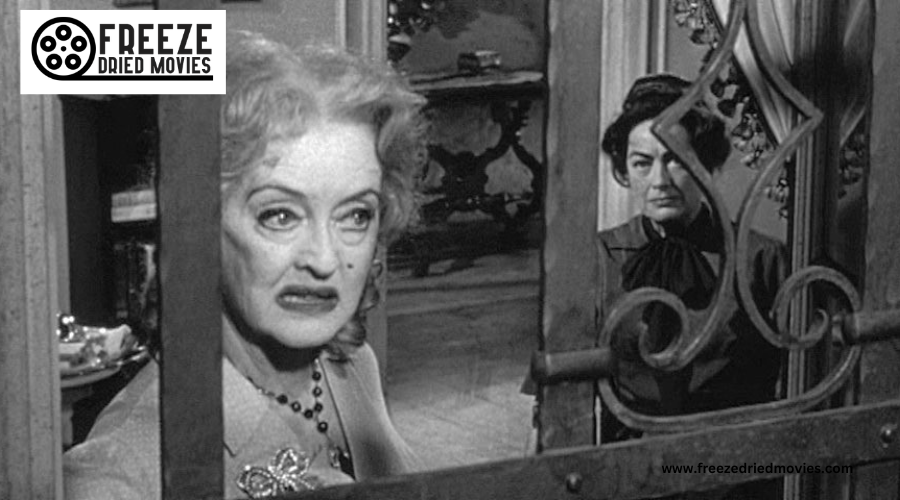2010s Horror: A Decade of Innovative Scares and Psychological Thrills

The 2010s marked a remarkable period for horror movies, heralding a new era of creativity and depth. This decade witnessed a transformation where stories reached beyond traditional scares to explore complex social and psychological themes. Innovative films like "Get Out" and "The Babadook" pushed the boundaries of the horror genre, blending terrifying narratives with thought-provoking messages.
As audiences became increasingly interested in diverse storytelling, directors like Jordan Peele and Robert Eggers embraced the challenge, delivering fresh and thrilling experiences. The rise of streaming services also played a crucial role, offering filmmakers a platform to experiment and reach wider audiences. This new delivery method allowed for a mix of mainstream hits and indie gems to flourish, providing horror lovers with a rich selection of films.
Psychological horror gained prominence during this time, captivating viewers with its emotional depth and intense atmospheres. These movies explored the fears that linger in the mind, setting the stage for a more cerebral experience. From supernatural chills to psychological thrills, the 2010s confirmed that horror could be both innovative and timeless.
Evolution of the Horror Genre in the 2010s
The 2010s saw horror evolve in thrilling new directions, driven by fresh ideas and talented filmmakers. This decade rejuvenated the genre with psychological chills, unsettling supernatural tales, and powerful social critiques.
Rise of Psychological Horror and Tension
Psychological horror dominated the 2010s, focusing on tension and dread. Directors created films that incited fear not through monsters, but through the depths of the mind. Movies like "The Babadook" explored grief and mental illness, turning personal emotions into nightmarish experiences.
Atmosphere played a crucial role, with slow burns and mounting suspense replacing jump scares. This type heightened fear by making viewers question reality. Filmmakers demonstrated mastery in crafting narratives that unearthed hidden fears, leaving audiences in a state of genuine unease.
Supernatural and Paranormal Themes
View this post on Instagram
The decade showcased a variety of outstanding horror films. Hereditary (2018), directed by Ari Aster, delivered a chilling portrayal of family trauma. Audiences praised it for its unsettling atmosphere and emotional depth. Get Out (2017), by Jordan Peele, became a cultural phenomenon by blending horror with sharp social commentary. It's both thrilling and thought-provoking, tackling issues of race and identity. The Babadook (2014), directed by Jennifer Kent, explored grief and motherhood through psychological horror. Its story of a mother and son haunted by a sinister presence was both terrifying and moving. Other notable films include The Witch (2015), which delivered a period horror story filled with tension and symbolism, and A Quiet Place (2018), a masterclass in suspense utilizing silence as a source of fear. Each of these movies brought something unique to the genre, influencing both audiences and filmmakers. The 2010s saw directors redefine horror with innovative storytelling techniques and fresh perspectives. Jordan Peele emerged as a key figure, with Get Out and later productions pushing boundaries and addressing social issues through horror. Robert Eggers made an impact with his debut film, The Witch, where he combined historical accuracy with eerie storytelling. Ari Aster's work on Hereditary and Midsommar showed his talent for blending psychological horror with family drama. Other directors like Jennifer Kent, with The Babadook, demonstrated the power of combining horror with weighty emotional and social themes. These filmmakers not only created some of the best horror movies of the 2010s but also influenced the genre's direction and inspired a new generation of horror directors. The horror films of the 2010s used a mix of jump scares, intricate sound design, and creative monsters to thrill audiences. The decade saw a blend of shock and atmosphere to tap into both new and old fears. Jump scares remained a popular tool in 2010s horror, aiming to deliver immediate frights. These moments were combined with shocking scenes to keep viewers on edge. Movies often balanced jump scares with deeper, psychological thrills, increasing overall tension without relying solely on surprise. Gore was used selectively, accentuating shock without becoming overwhelming. By focusing on quality rather than quantity, filmmakers crafted moments that were both unexpected and impactful. Atmosphere played a crucial role in 2010s horror. Filmmakers used subtle details to create unease. Low lighting, unsettling visuals, and minimalist sets contributed to a sense of dread. Sound design complemented these visuals. From quiet, tense whispers to sudden, loud crashes, every sound was calculated to heighten suspense. Music scores were carefully integrated, using both silence and sound to evoke fear. This attention to detail ensured a fully immersive experience. The 2010s introduced a range of new monsters, while not abandoning classic horror elements. Films brought forward creatures that reflected modern anxieties, using innovative designs to fresh terrors. However, these new figures often linked to time-tested fears rooted in the human psyche. Childhood fears, like darkness or isolation, were revisited with a fresh perspective. The decade balanced innovation with nostalgia, creating a diverse horror experience. In doing so, it showed how old fears could mix with new ideas, making horror relatable and surprising for everyone. The horror genre of the 2010s struck a unique chord, leaving a lasting impact on modern cinema and its fans. Innovations in storytelling and integration of social issues reshaped audience expectations and paved ways for new discussions. Horror fans are known for their passionate engagement with the genre. Throughout the 2010s, they embraced a fresh wave of films that mixed traditional scary elements with unexpected twists. Social media played a huge role, offering fans a platform to discuss and dissect films. Online forums and fan groups exploded, allowing for deeper connections based on shared interests. This digital space fostered a community where fans could explore themes like identity and fear, reflecting society's shifting boundaries. Moreover, conventions grew in popularity, becoming hubs for fans to gather, exchange ideas, and celebrate horror culture. These gatherings showcased the genre's growing influence, marking a shift in how horror was perceived—not just as entertainment but as art that reflects real-world anxieties. The 2010s horror films influenced modern cinema by emphasizing smart, socially aware storytelling. Directors like Jordan Peele and Ari Aster brought attention to racial and social issues within their narratives. Films such as "Get Out" and "Midsommar" offered more than simple scares; they encouraged audiences to think deeply about societal problems. This approach inspired a wave of filmmakers to blend horror with other genres, creating unique hybrids that pushed narrative boundaries. Modern cinema now leans more towards complex storylines, thanks to the pioneering efforts of 2010s horror movies. These films, by combining horror with drama, comedy, and even science fiction, laid the groundwork for future innovations. The legacy of 2010s horror endures as new directors continue to explore and expand what is possible within the genre. The 2010s brought notable changes in horror, emphasizing psychological depth and diverse storytelling. Folk horror saw a comeback with its eerie representation of rural landscapes and age-old traditions. Found-footage and arthouse horror offered unique visual styles, while new subtypes expanded the genre’s boundaries. Folk horror experienced a resurgence during the 2010s, driven by films focusing on rural isolation, ancient rituals, and the dark side of human nature. Movies like "The Witch" drew audiences with unsettling tales of mysterious forces and eerie environments. Witches became prominent figures, representing both fear and misunderstood empowerment, capturing a timeless aspect of human folklore. This subgenre often explores themes of isolation, community, and the clash between modernity and tradition. The focus on folk horror allowed filmmakers to delve into deep psychological and societal anxieties. Cults and supernatural folklore added to the unsettling atmosphere, creating stories that remained on viewers' minds long after leaving the theater. Found-footage horror evolved, offering new ways to experience terror. Films like the "Paranormal Activity" series utilized home video and security camera footage, intensifying the feeling of authenticity. Audiences felt as if they were part of the narrative, blurring the lines between reality and fiction. Effective use of low-budget production heightened the tension, giving a raw and immersive edge to these stories. Arthouse horror, on the other hand, brought a sophisticated touch to the genre. Directors experimented with visual storytelling, mood, and symbolism. Films delivered psychological thrills, challenging conventional horror tropes. This approach appealed to those seeking more depth beyond traditional scares. By combining artful visuals with intense storylines, arthouse horror broadened the appeal of the genre. The 2010s saw a rise in various horror subgenres as filmmakers pushed creative boundaries. Psychological thrillers shifted focus from physical horrors to the mind's complex nature. These films explored themes of trauma, paranoia, and identity, challenging viewers to confront their own fears. Slasher movies and torture porn also evolved, with some opting for meta-commentary or reinvention, while others leaned into traditional gory elements. Remakes of classic horror films offered new interpretations, blending nostalgia with modern sensibilities. By diversifying, these subtypes kept horror fresh and engaging, appealing to a broad audience. The 2010s horror scene was shaped by adaptations of classic and contemporary literary works and narratives drawn from true events. These influences enriched the genre with deeper layers of storytelling, bridging fiction with reality. Horror literature served as a rich source for filmmakers. Many iconic works became films, adding to the genre's evolution. Stephen King, a master of horror, saw several of his stories adapted during the 2010s. "Gerald’s Game," for example, brought his gripping psychological horror to a new audience, emphasizing suspense and inner fears. Adaptations often balance faithfulness to the original text with cinematic innovation. This allows filmmakers to explore visual and auditory elements that enhance the horror. The adaptation process can breathe new life into older tales, making them relevant for modern viewers. These films use the strengths of literature to deliver scares that are both cerebral and visceral. Events rooted in reality often provide chilling inspiration for horror media. Stories featuring Ed and Lorraine Warren, famous paranormal investigators, became popular, influencing films like "The Conjuring." Their accounts of hauntings and exorcisms became rich material for filmmakers seeking authenticity and fear rooted in possibility. Films based on true events often resonate because they push the boundaries between fiction and reality. These stories suggest that the supernatural might be lurking in our world. By drawing from real-life figures and events, filmmakers create narratives that are unsettling and thought-provoking, blurring the line between myth and truth. In the 2010s, horror films explored themes related to gender and racial diversity. This decade saw stories told from unique perspectives, adding depth and richness to the genre. Race: Films like Get Out transformed horror by addressing racism in ways that were both terrifying and thought-provoking. Jordan Peele's film used the genre to highlight everyday microaggressions and systemic racism, engaging audiences in a deep social dialogue. Gender Representation: Many horror films also examined gender roles and challenges faced by women. A Girl Walks Home Alone at Night and Most Beautiful Island presented women's stories with unique voices. These films challenged traditional gender dynamics and highlighted the experiences of women in oppressive environments, proving that horror can offer powerful social commentary. The horror genre experienced significant changes in the 2010s, marked by the rise of independent studios and shifts in its economic influence. Blumhouse and other teams played crucial roles in altering how horror films were made and marketed, while the industry's economic landscape transformed through innovative production. Blumhouse Productions emerged as a leading force in horror filmmaking during the 2010s. Known for its low-budget model, Blumhouse was able to take risks by producing movies with unique concepts without needing large financial investments. This approach often led to considerable profits, as demonstrated by successful films such as Paranormal Activity and Insidious. The studio's strategy focused on offering directors creative freedom while maintaining tight cost controls. This allowed for experimentation, resulting in fresh and innovative scare tactics. Blumhouse's influence extended beyond its own productions by inspiring other independent studios to adopt similar frameworks, which gradually reshaped the horror genre's dynamics during the decade. The 2010s saw horror movies become a lucrative genre with stable return on investment. The economic model embraced by studios like Blumhouse proved that strategic budgeting could lead to major box office success. Many horror films consistently achieved high profit margins, encouraging broader investment in the genre. This financial success helped elevate horror movies to a more prominent position in the film industry. Established franchises also saw economic benefits, as the renewed interest in horror led to increased opportunities for sequels and remakes. The decade highlighted how economic strategies based on efficiency and creativity could drive the genre forward.Social Commentary and Horror
Iconic Movies and Directors
Standout Horror Films of the 2010s
Influential Directors in 2010s Horror
Key Elements of 2010s Horror
The Role of Jump Scares and Shock
Eerie Atmosphere and Sound Design
New Monsters and Old Fears
Cultural Impact and Legacy
Horror Fans and Community Dynamics
2010s Horror Influence on Modern Cinema
Subgenres and Trends
Revival of Folk Horror and Witchcraft

Innovation in Found-Footage and Arthouse Horror
Development of Horror Subtypes
Influence of Literature and True Events
Adaptations from Horror Literature

Horror Inspired by Real Events and Figures
Diverse Perspectives and Representation
Horror Through the Lens of Gender and Race
Production and Industry Impact
The Role of Independent Studios like Blumhouse
Economic Effect on the Horror Movie Industry



